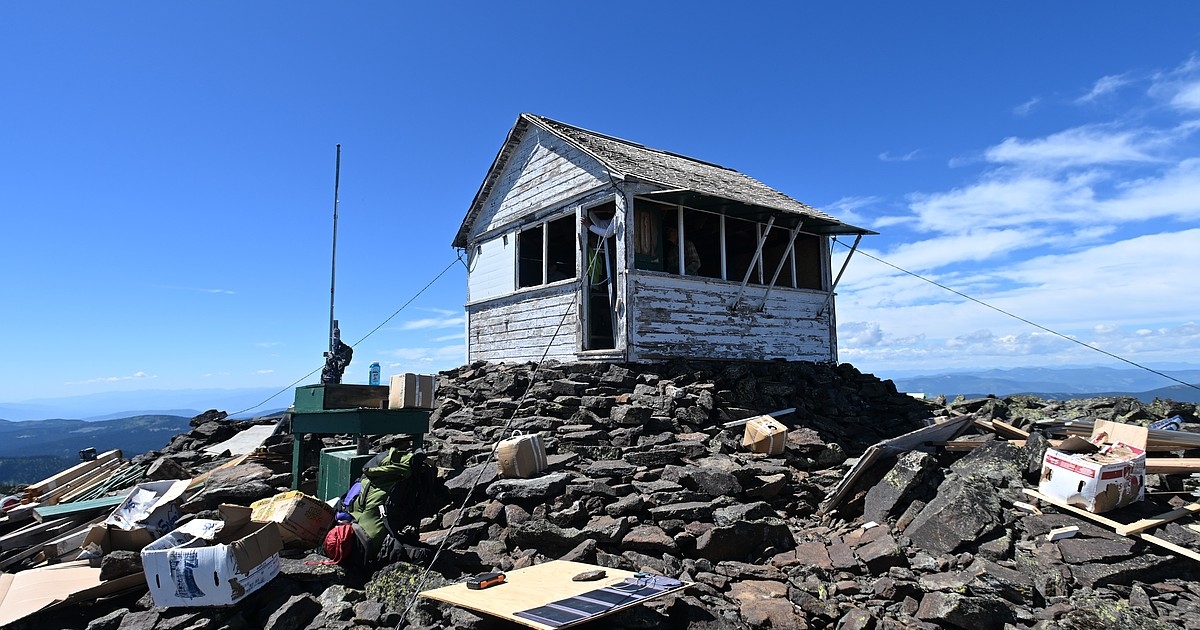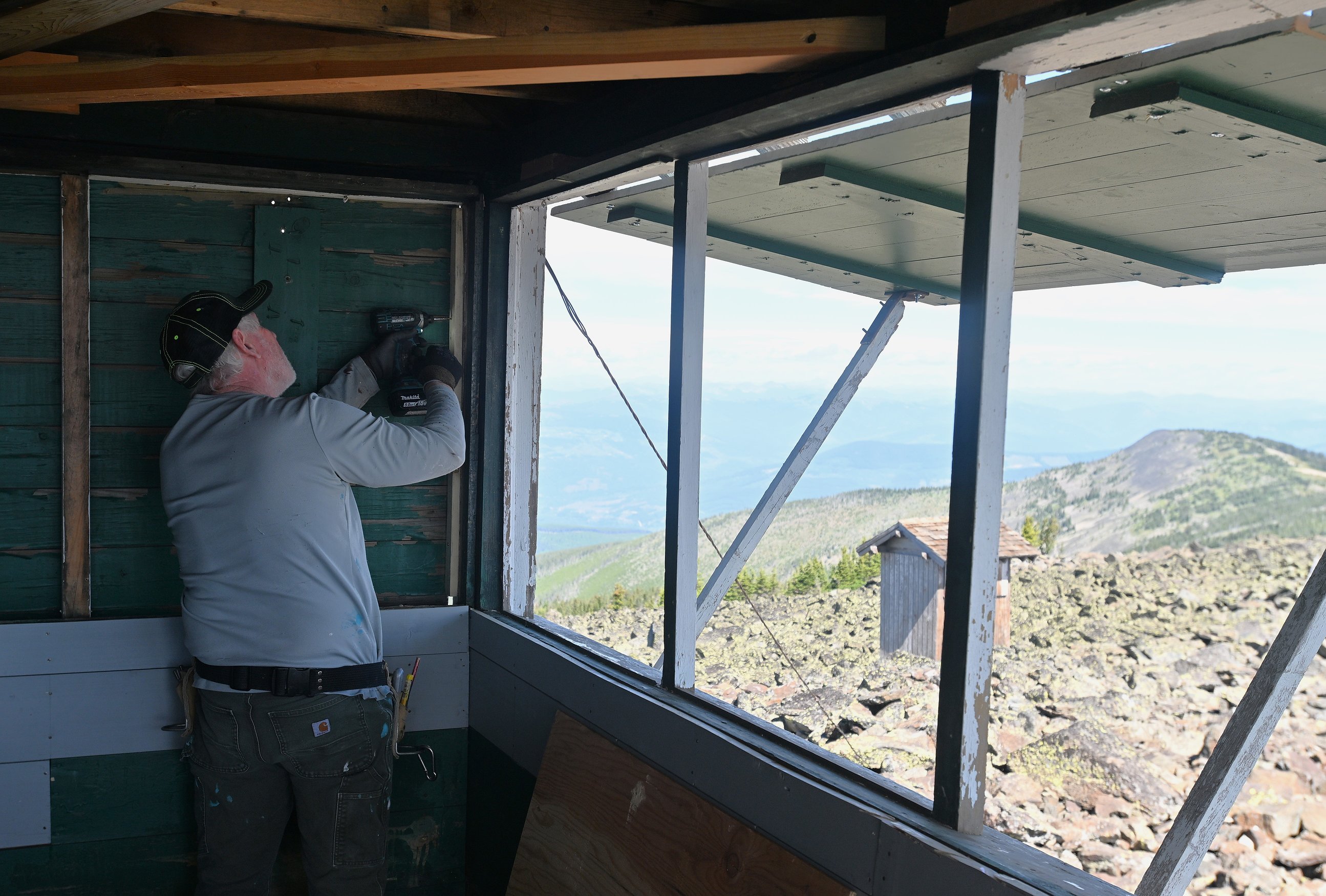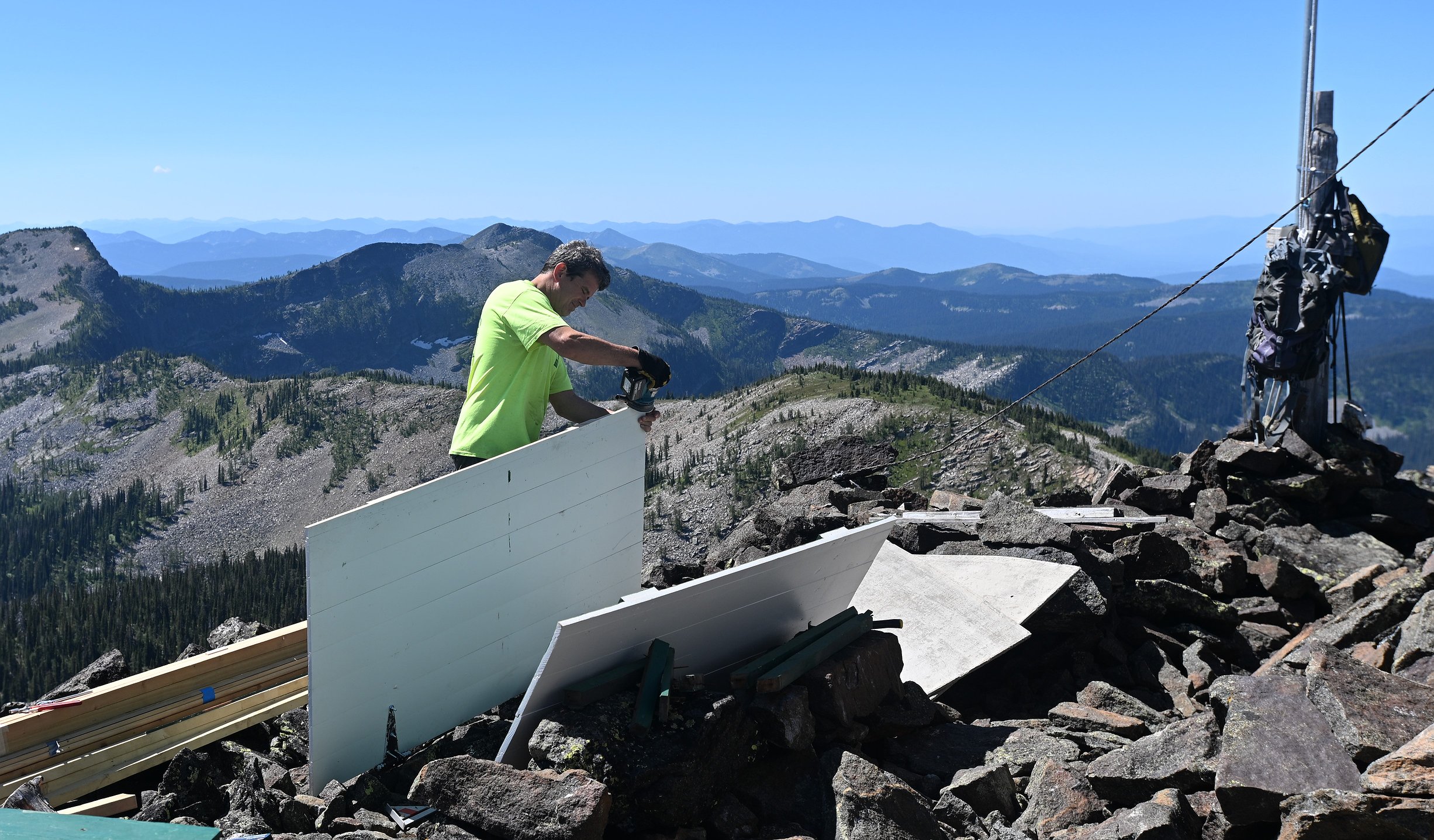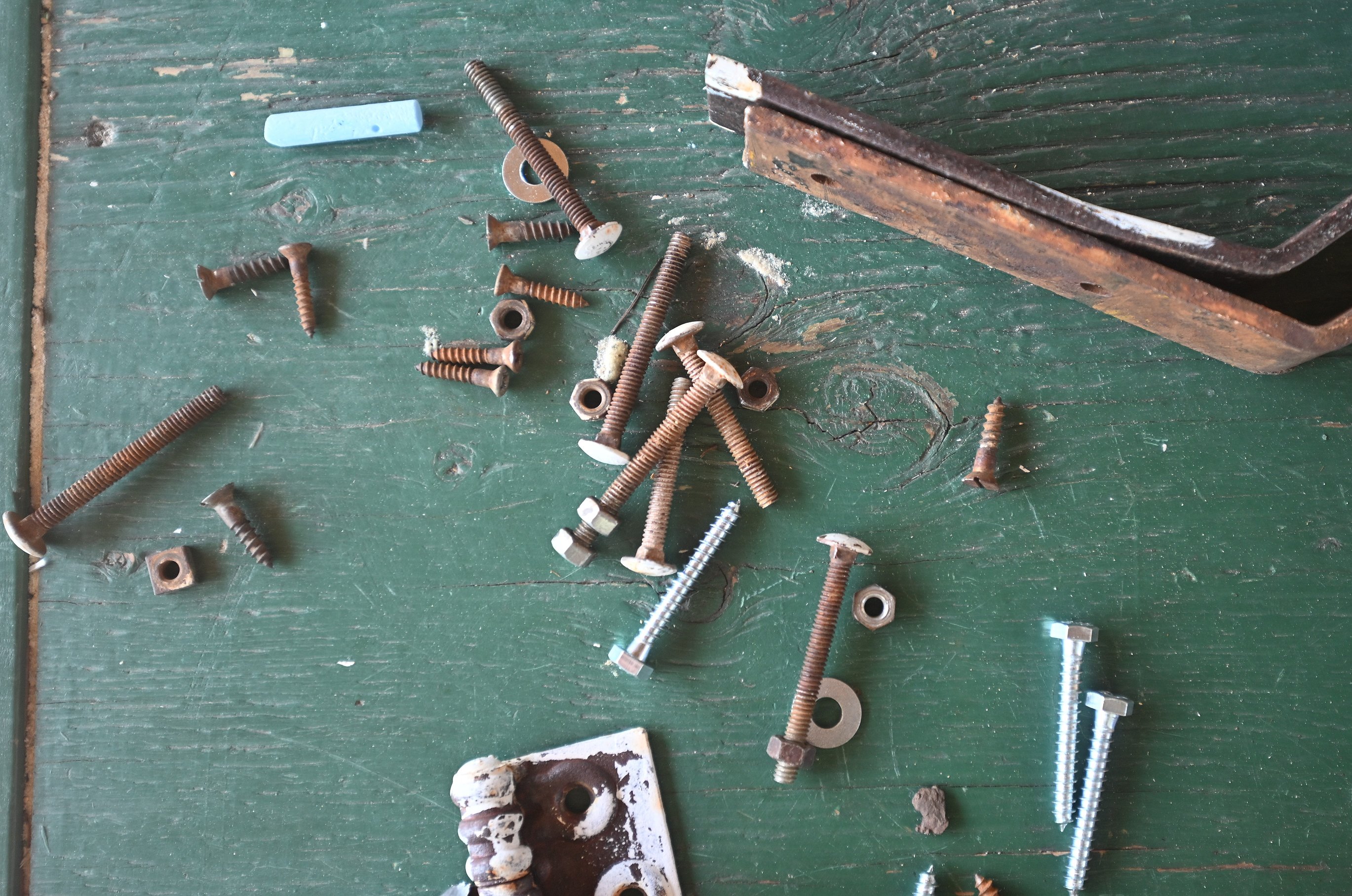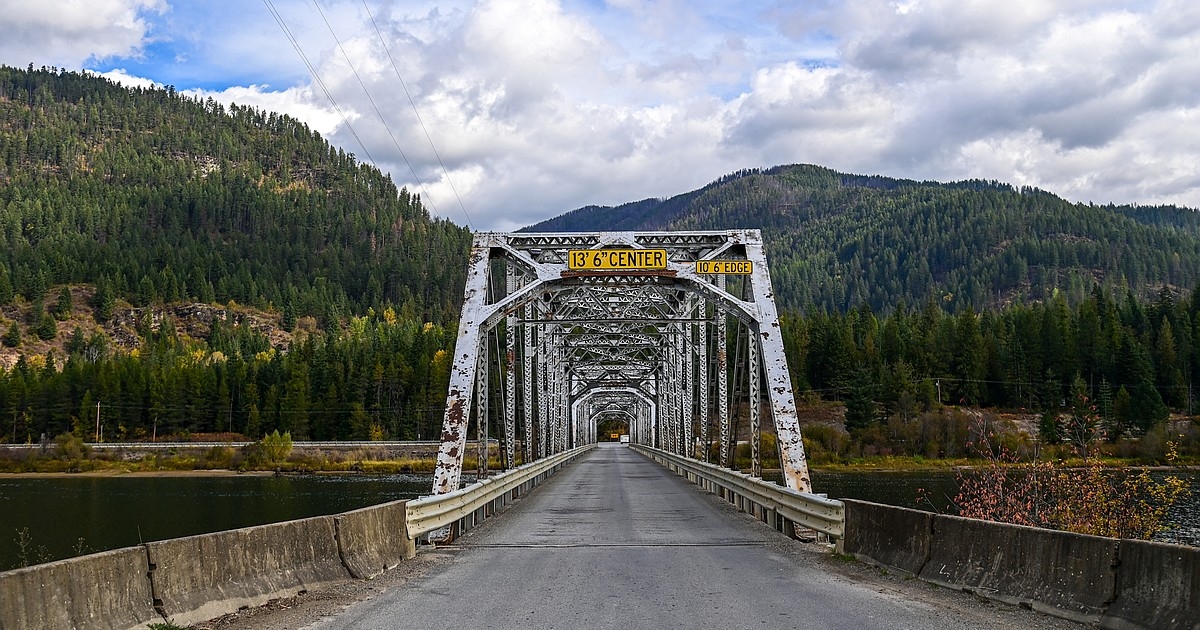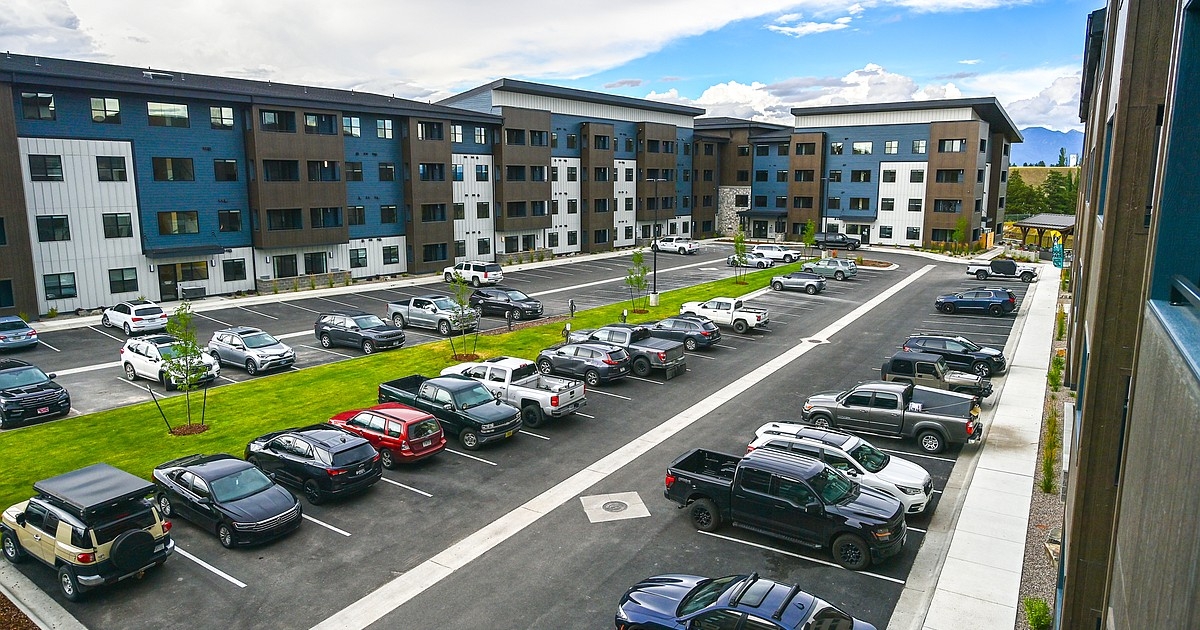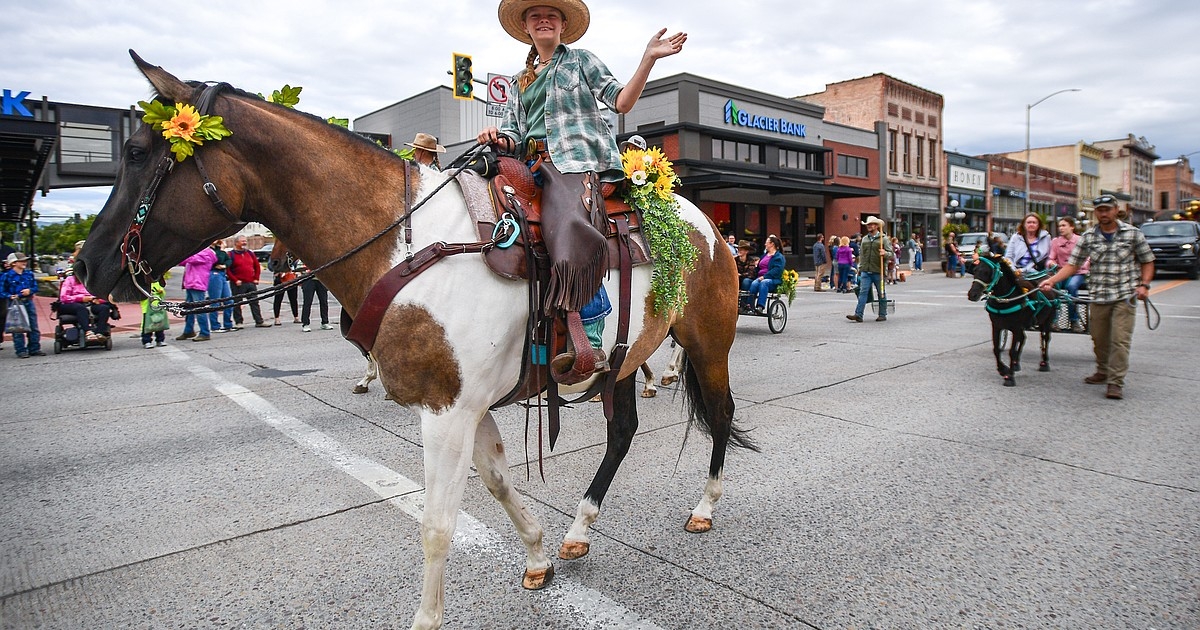Description
At first glance, Northwest Peak Lookout is not much to look at.
Nearly a century of solitary confinement at 7,700 feet of elevation has worn the one-room structure down to a brittle-boned skeleton. The shutters sit skewed, and the walls waver. If not for the steel cables that tether it to the mountainside, the lookout may well have fallen to total ruin long ago.
“But it's here and it's pretty cool,” said Peter Kitts.
Astride a lichen-encrusted rock outside the lookout’s doorstep, the 75-year-old Yaak resident paused to appreciate the ramshackle lookout before turning his attention outward. That was Mount Henry Lookout, explained Kitts as he pointed southeast, where a distant mountain nosed its way into the sky. He had been stationed there as a fire lookout during the summer of 1984. Kitts swiveled 30 degrees to the south and pointed again, this time toward Mount Baldy Lookout, where he watched the Caribou Fire unfold in 1983.
“There are 10 or 12 lookouts that I could see just from here,” he said.
The cabin on Northwest Peak is one of the few that remain.
Built in 1929, the 14-foot by 14-foot room served as a joint home and office for seasonal fire lookouts employed through the U.S. Forest Service. After the building was decommissioned in 1955, the federal agency left the building to either withstand or succumb to the brutal conditions atop Northwest Peak.
It’s a familiar story for lookouts throughout the western United States. During the first half of the 20th century, rangers posted to the remote lookouts were the primary offensive force in the U.S. Forest Service’s fire suppression efforts, but technological advancements gradually lessened the need for the agency’s so-called “eyes in the sky.” Some lookouts found second lives as rentals or interpretive sites, but most were either dismantled or left to rot.
Of the 646 fire lookouts that once dotted the high peaks and forests of Montana, only 113 are still standing, according to records gathered by the National Fire Lookout Association.
For the past decade, Kitts has been part of a volunteer-led effort to restore abandoned fire lookouts across northwestern Montana. This year, he joined five other members from the Northwest Montana Lookout Association on a “major restoration mission” aimed at raising the ramshackle remains of Northwest Peak Lookout from the proverbial ashes.
CHUCK MANNING founded the Northwest Montana Lookout Association in 2013, after coming face to face with the dismal state of the region’s fire lookouts. Like Kitts, Manning served as a fire lookout during his youth, spending the summer of 1963 stationed at Thoma Lookout in Glacier National Park. Revisiting the site 50 years later, Manning said he was disheartened to see how rundown the lookout had become.
“I just noticed that there was a lot of maintenance that needs to be done on lookouts,” he said.
Manning knew U.S. Forest Service staff and budgets were already stretched thin, so he began organizing volunteers to “do the things that seem to be falling through the cracks.” Each summer, the group tackles a handful of repair projects at fire lookouts in Flathead National Forest, Kootenai National Forest and Glacier National Park.
Originally founded as a chapter of the National Fire Lookout Association, the Northwest Montana Lookout Association became an independent nonprofit in 2022. As of 2024, the group includes about 150 members and donors.
Northwest Peak Lookout proved to be one of the organization's most challenging projects to date.
The cabin is sequestered in a remote corner of the Yaak, less than 4 miles from both the Canada and Idaho borders. A narrow trail ascends 1,500 feet from an old logging road to the scree field that caps Northwest Peak, weaving through areas charred in the 2018 Davis Fire.
On July 20, members from a local chapter of the Backcountry Horsemen helped the group transport a week’s worth of food, water and camping gear up the trail to a camping site a few hundred feet below the summit. Larger building supplies, including a stack of two-by-fours and a dozen refurbished windows, had to be delivered to the mountain’s summit via helicopter.
Work on the lookout began the next morning, as the summit lay shrouded in fog. The primary goal for the year was to reinstall the building’s windows and shutters, which had previously been removed and refurbished, but the group quickly found themselves derailed by other necessary repairs.
The walls of the lookout had warped since Kitts and Manning conducted an assessment last summer, jeopardizing the structural integrity of the entire building. Manning, who the others were apt to call “the master carpenter,” managed to figure out a way to pull the walls back into place without completely deconstructing them, but the efforts still detoured the group for more than a day.
When the crew moved on to installing the shutters, they discovered that some of the hinges were bent. The part was specific to the design of the lookout and difficult to replace or replicate, so they were forced to abandon the original plan. As the allotted week neared its close, the crew refocused efforts on preparing the structure for another harsh winter.
On July 25, two days before the crew was scheduled to depart, Manning stood in the doorframe, surveying the progress. The high-pitched whine of a drill pierced the thin mountain air as one volunteer secured sheets of plywood over the building’s empty window sockets.
“It’s hard to keep people on track around here,” he said.
“You’re kind of getting to a point where you’re...” Manning trailed off as he searched for the right phrase.
“Jerry rigging,” supplied Kitts from the other side of the lookout.
“Yeah,” Manning sighed. “I was trying to think of a different word for it. That’s what’s been done for 25 years up here, which is better than nothing.”
Despite this year’s setbacks, Manning had high hopes for the future of Northwest Peak Lookout. The cabin was an early prototype of the L-4 lookout design, he explained, so it had several features that made it an especially unique historical relic. The lookout was also situated on an alternate path for the Continental Divide Trail. Once restored, it could prove a critical emergency shelter for hikers who find themselves stranded in poor weather.
For now, Manning hoped the repairs would be enough to safeguard the building until next summer, when another volunteer crew could return.
“When we walk away when this is all finished, it should be, maybe not as good as it was,” he said. “But maybe in some cases even better.”
Reporter Hailey Smalley can be reached at 758-4433 or [email protected].
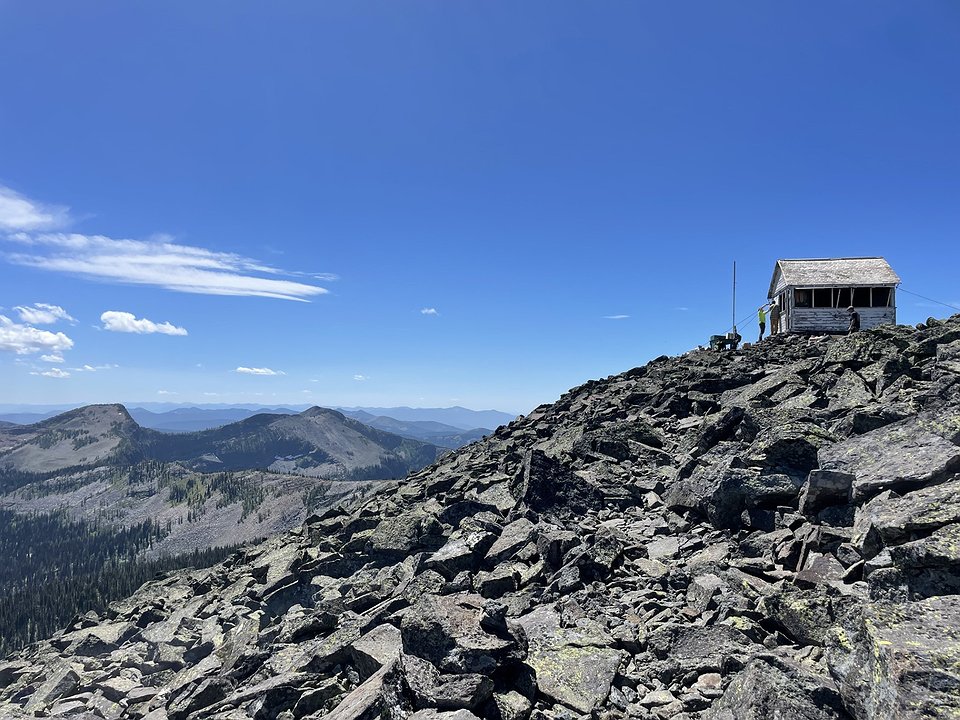 Volunteers make repairs to Northwest Peak Lookout on July 25, 2025. (Hailey Smalley/Daily Inter Lake)
Volunteers make repairs to Northwest Peak Lookout on July 25, 2025. (Hailey Smalley/Daily Inter Lake)
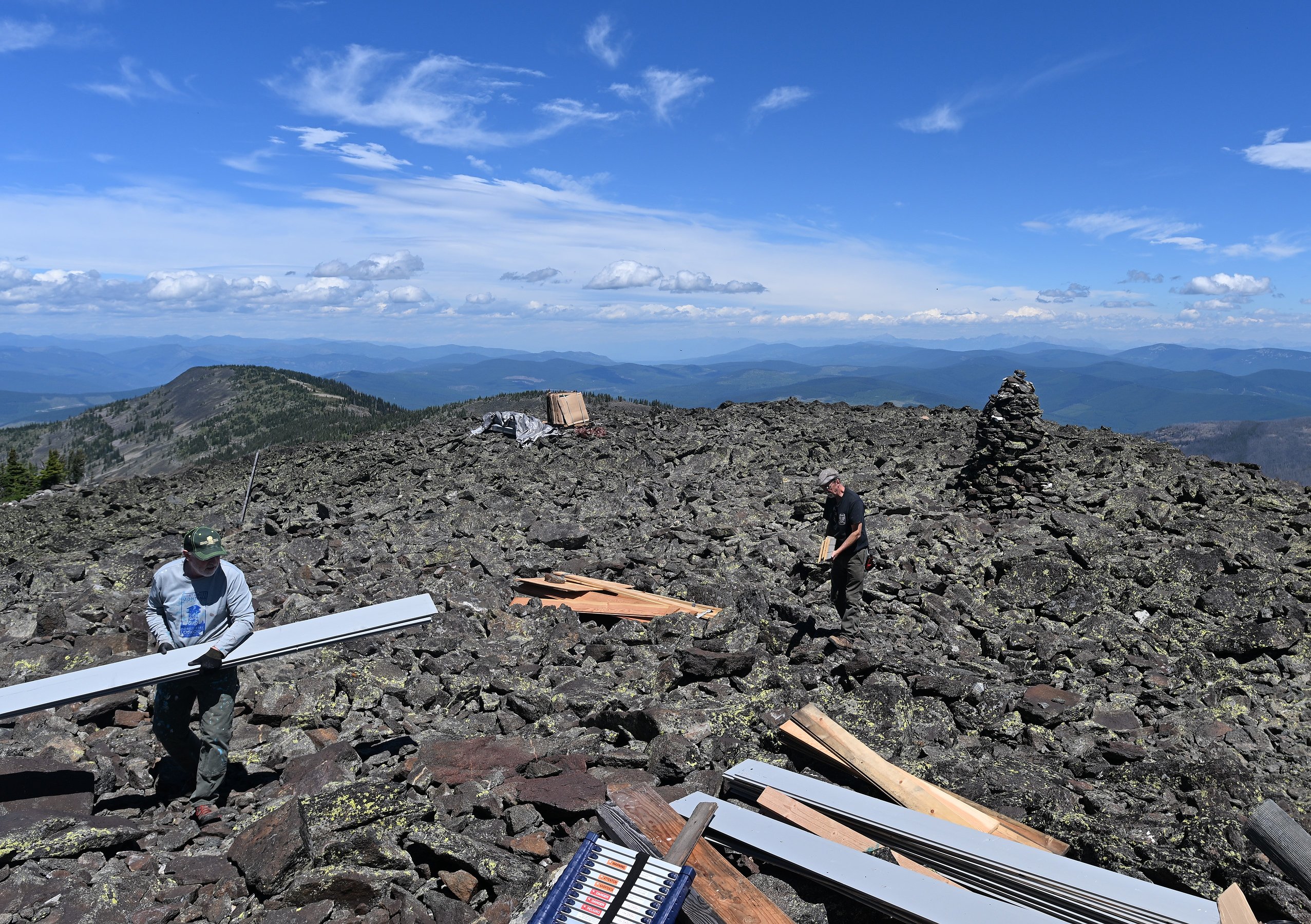 Volunteers from the Montana Northwest Lookout Association carry lumber from the site where it was dropped via helicopter near Northwest Peak Lookout. (Hailey Smalley/Daily Inter Lake)
Volunteers from the Montana Northwest Lookout Association carry lumber from the site where it was dropped via helicopter near Northwest Peak Lookout. (Hailey Smalley/Daily Inter Lake)
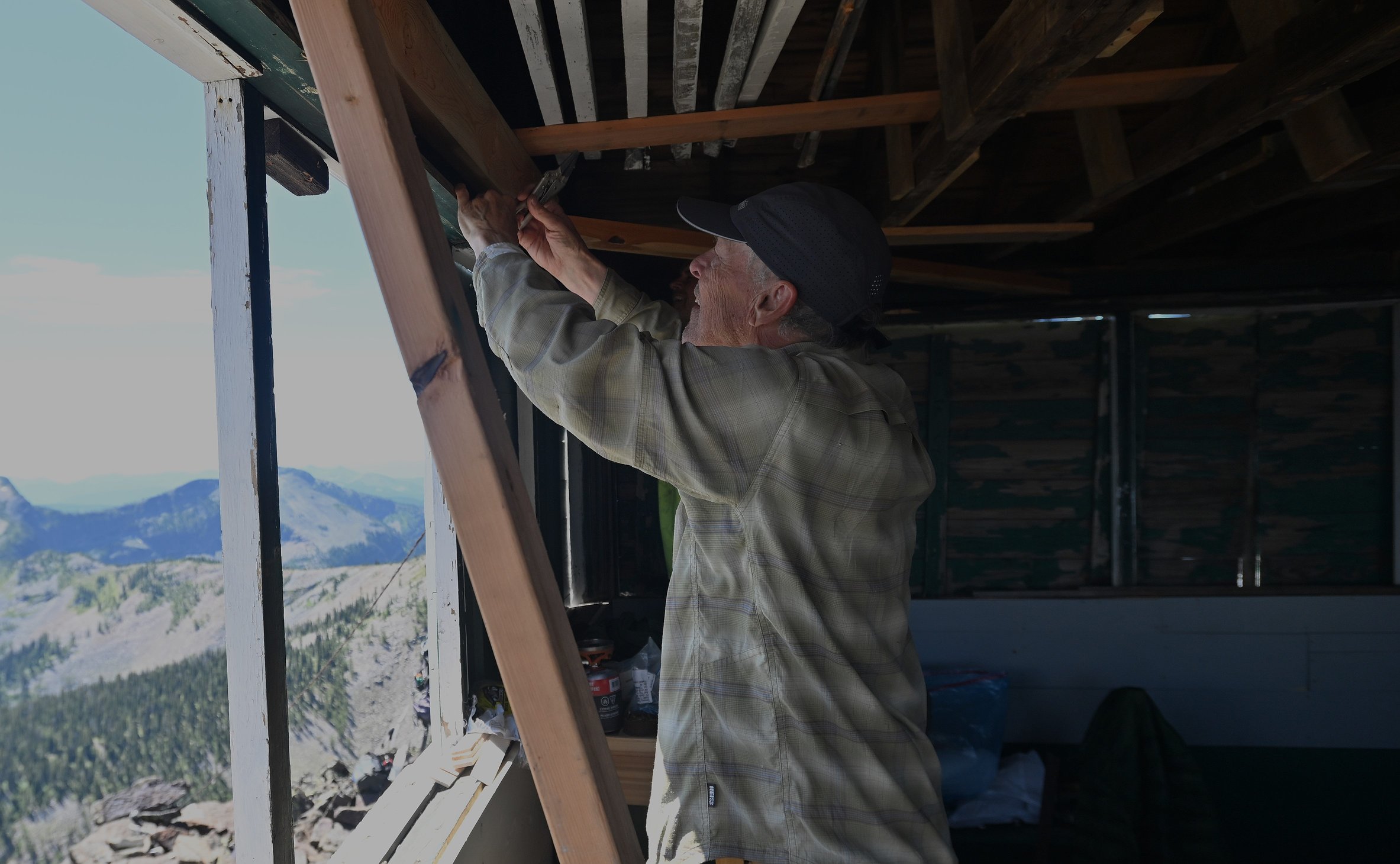 Peter Kitts uses a spare two-by-four to reinforce a crossbeam on the Northwest Peak Lookout. (Hailey Smalley/Daily Inter Lake)
Peter Kitts uses a spare two-by-four to reinforce a crossbeam on the Northwest Peak Lookout. (Hailey Smalley/Daily Inter Lake)
News Source : https://dailyinterlake.com/news/2025/aug/10/volunteer-effort-stokes-historic-fire-lookouts-back-into-peak-condition/
Other Related News
08/10/2025
For Sandy Evenson the Northwest Montana Fair is more than a summer holiday The annual eve...
08/10/2025
At Kalispell ATA Martial Arts martial arts are more than a sport they are a way of life T...
08/10/2025
Congressman Ryan Zinke is seeking 25 million in federal funding to support the replacemen...
08/09/2025
The new Parkline Towers apartments overlooking US 2 on Kalispells east end are now open to...
08/09/2025


